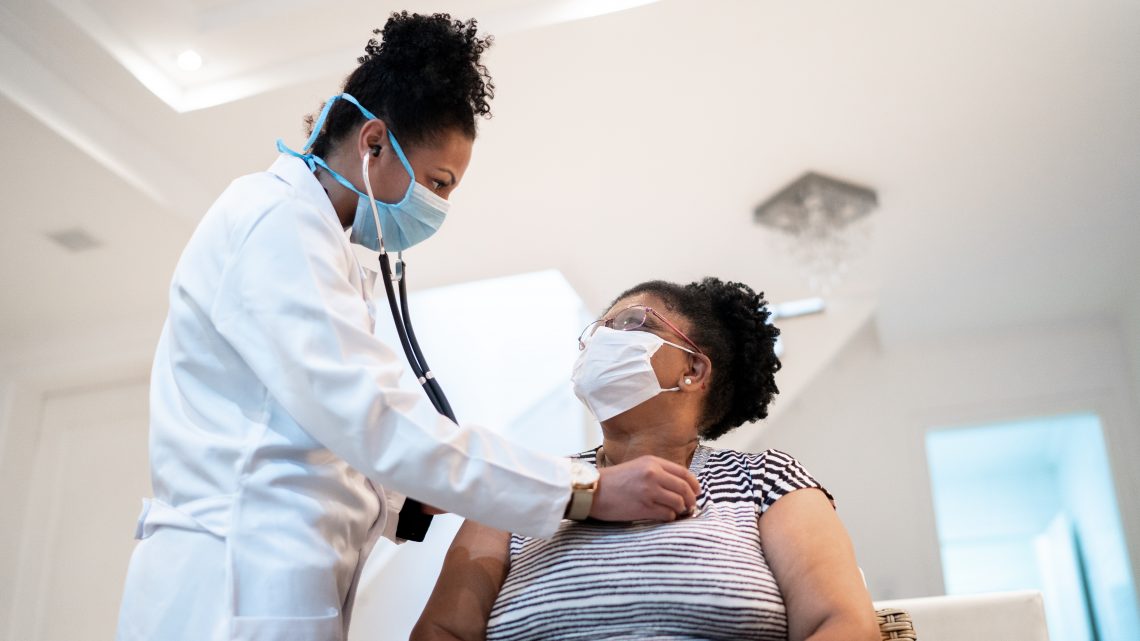Most often, we assume that access to health care is the sole responsibility of the person seeking it. But in reality, there are unseen barriers that prevent some from taking active steps to get the care they need.
Cancer diagnoses are prevalent for women of color across the United States, with Black women having the highest cancer mortality rate than any other racial group, according to the U.S. Department of Health and Human Services Office of Minority Health. Yet, there have been reports of low rates of screening and late diagnosis among many Black women, which unfortunately continue to reduce their chances of survival.
Rather than sitting on the sidelines, Centura Health sought to understand the deep-rooted barriers that have led to this growing trend. Findings revealed that many women from minority groups either lacked access to information on cancer screening, didn’t make enough time to see a provider or were worried about how much it would cost them to see a provider due to a lack of insurance.
Some of the reasons have also been attributed to a lack of providers, lack of transportation access to a provider as well as the unavailability of technology to make a telehealth appointment within minority communities. Poor diet due to a lack of high-paying jobs and inadequate exercise have also been linked to the high incidence of cancer deaths among minority groups.
“If there is true health equity, we will likely see higher rates of screening for Black women and better outcomes of early diagnosis, which improve their odds in terms of survival,” said Oswaldo Grenardo, MD, chief diversity and inclusion officer for Centura Health. “When there is unequal access to education or any number of social determinants of health that can affect someone’s ability to get screened and get the appropriate treatment, that’s when we begin to see the health disparities within the minority communities. We’ve got a lot of work to do on a variety of levels.”
Just like any other life-threatening health condition, time is of great essence when it comes to breast cancer issues. Centura Health has advanced plans to address these health disparities in the communities that it serves through meaningful partnerships.
“We feel it’s an injustice if we say, ‘here is your screening mammogram,’ but we have no way to follow up with you,” Dr Grenardo added. “So, we have begun discussions to partner both internally and externally to look for resources for patients to actually pay for screening if patients can’t afford it. We are also looking to our own providers, radiology groups, physicians and other external foundations to provide some of the follow-up care.”
Alan Evans, MD, is a radiologist at Centura Health who has encountered many minority patients with challenges of accessing proper care. He said helping to address these issues is something he is deeply passionate about.
“Seeing minority groups being unable to access the care they need due to these barriers is really disheartening. Everyone deserves better care and we are working to identify external organizations who can provide funding and other resources to these minority groups,” he said.
Dr. Grenardo further revealed that the necessary structures were being put in place to collect and analyze data of women from minority groups, consisting of patients and others within the broader communities Centura Health serves.
“I’m excited about the journey that Centura is about to take on and how we are going to work on some of these issues,” said Dr. Grenardo. “It’s high time that we in our organization and around the nation really make sure that health equity is a priority for us. Because we cannot continue to have the same disparities that we’ve experienced throughout the last several decades.”










